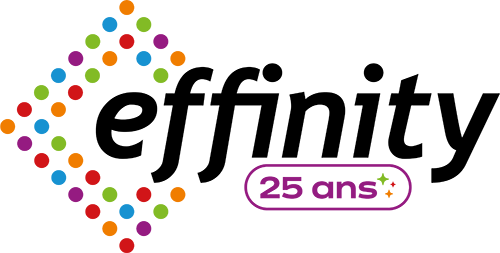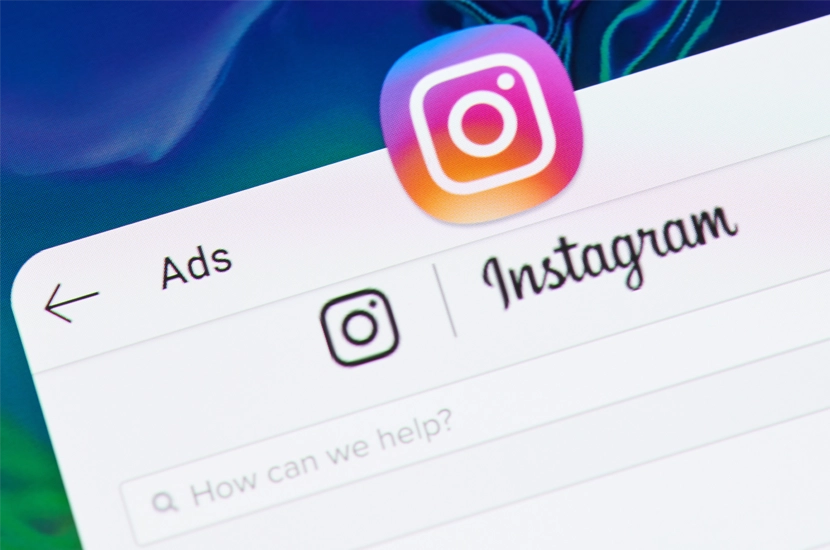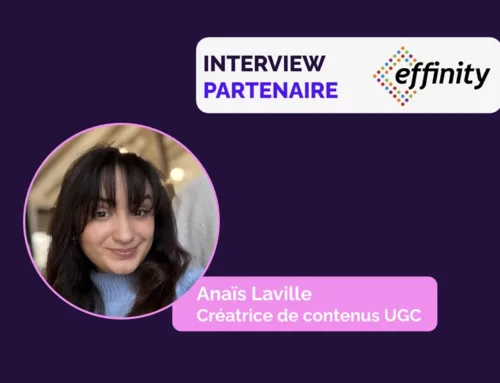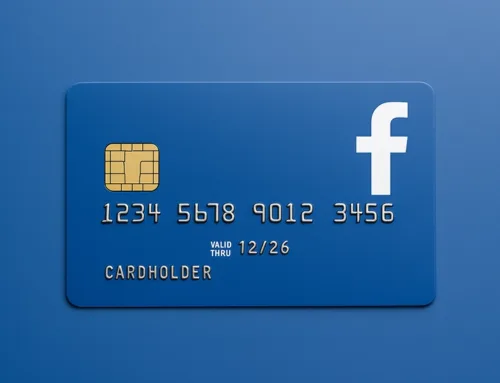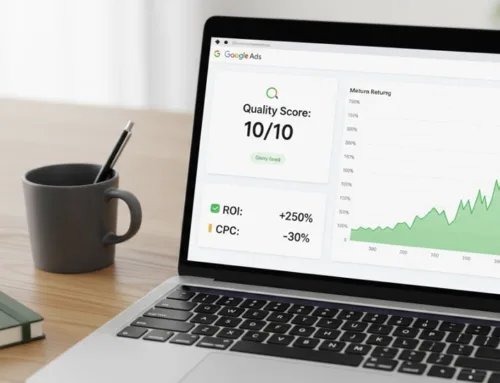Instagram is establishing itself as a mainstay of Social Ads strategies. With over 2 billion monthly active users, the platform enables you to capture the attention of your audiences with highly engaging visual formats. To build a successful Instagram Ads campaign, rely on a clear method: define measurable objectives, target precisely, select the right formats and optimize budget allocation.
If you’re starting out with a small budget, you can get started by “boosting” a post directly from the app, preferably one that has already performed well organically. This option is quick and economical, but offers less control over targeting and management than Meta Ads Manager, Meta’s professional tool. In this article, the experts at our Instagram Ads agency suggest a methodology for handling campaigns directly managed with Meta Ads Manager. To use it, you’ll need a Business Manager account.
Campaign structure and definition of objectives
Every Instagram Ads campaign follows a three-level hierarchical structure:
- Campaign: definition of the overall advertising objective.
- Advertising package: determination of target audience, budget, placement (where the ad appears) and delivery schedule.
- Ad: contains the visual, text and call to action (CTA) that users will see.
Defining objectives
Effectiveness starts with choosing a clear objective, which determines the desired result after the audience has seen the ad. Meta Ads Manager offers six main objectives, of which Meta often recommends Traffic, Engagement, Leads or Sales for Instagram:
- Brand awareness: increase brand awareness and reach.
- Traffic: send visitors to a website or application.
- Interaction: build a community and encourage interaction (likes, comments).
- Prospects: gather information to generate leads.
- Application promotion: promote the company’s application and boost installations.
- Sales: encourage purchase or registration.
Audience targeting on Instagram Ads
Targeting is an important step in reaching the people most likely to be interested in your ads, increasing the chances of conversion and optimizing your ROI. Instagram, thanks to the Meta ecosystem, offers advanced targeting tools. There are three main types of audience you can target:
- Custom audiences: target people who are already familiar with your brand, such as visitors to your website, users of your app, or those who have interacted with your publications. Retargeting these users often saves on advertising costs.
- Lookalike audiences: target new users with similar profiles and behaviors to your existing best customers or personalized audiences.
- Core audiences: targeting based on demographic criteria (age, gender, location), centers of interest and purchasing behavior.
Good targeting practices
- Segment the audience: it’s advisable to segment the audience to ensure that ads are delivered to a qualified audience.
- Don’t restrict too much: be careful not to restrict your targeting too much, as this could reduce your coverage (the number of unique people reached) and, consequently, your chances of making the campaign profitable.
Advertising formats on Instagram Ads
Instagram offers a wide variety of advertising formats, each with its own specific advantages. It’s important to choose the right format for your purpose and your message.
| Advertising format | Key features | Effectiveness and purpose |
| News Feed Ads | Single image, video or carousel (several images/videos). | Ideal for presenting products in detail and generating clicks to a website. |
| Stories Ads | Full-screen, ephemeral. Can include interactive elements (polls, clickable/swipe-up links). | Highly engaging, ideal for capturing attention quickly and building brand awareness. |
| Reels Ads | Short, dynamic and creative videos. | Effective for boosting virality, targeting a young audience and for product launches. |
| Explore Ads | Displayed in the “Explore” section, based on the user’s interests. | Excellent for broadening the audience and reaching potential new customers unfamiliar with the brand. |
| Shopping ads | Display clickable products linked directly to an online store. | Ideal for direct sales objectives in e-commerce. |
Budget and financial operations
The cost of an Instagram Ads campaign is not fixed and is determined by a bidding system. The advertising budget is paid directly to Instagram, while implementation and management can be entrusted to an external service provider.
The costs of an advertising campaign on Instagram
The cost of an Instagram ad includes:
- The gross advertising budget: the amount allocated by Instagram to displaying the ad. The minimum daily expenditure is one euro per day. We recommend starting a test with €5 to €10 per day.
- Set-up costs: the cost of the agency’s services in setting up, monitoring and optimizing the campaign. The cost of creating a campaign can range from 100 euros to 1,000 euros on average, depending on its complexity.
- Additional costs: costs of creating visuals/advertising messages, or costs associated with creating and hosting a landing page.
Billing method
Invoicing depends on the chosen objective (Campaign) and is based on three main methods:
- Cost-per-thousand impressions (CPM): you pay for each thousand displays of your ad. This method is suitable if the objective is to increase brand awareness.
- Cost-per-click (CPC): you pay each time a user clicks on the ad. Use to generate traffic or specific actions.
- Cost per Engagement (CPE): Used in particular for Stories Ads, you’re billed when a user interacts with your story (clicks on a link, responds to a survey).
Factors influencing the budget
The required budget is defined by analyzing :
- Target and geographical area: the broader the target and the wider the geographical area, the higher the cost.
- Broadcast duration: some campaigns require a longer broadcast period for lasting results.
- The campaign objective: more difficult objectives, such as sales, may require a larger budget.
Optimization and best practices for efficiency
The effectiveness of a campaign is not limited to its launch, but requires ongoing analysis and optimization.
Creation of high-impact ads
The ad (visual and text) must be clear, concise and of high quality to capture attention in a fast-moving flow.
Visuals and teaser :
- Use high-quality visuals.
- For videos, the first 3 seconds are crucial for capturing attention (scroll stoppers).
- The Hook Rate, calculated as the percentage of people watching the video for more than 3 seconds, must be over 25% to be considered good.
- If you’re using videos, design them for viewing without sound, using subtitles or clear captions, as many users watch with sound turned off.
- Highlight offers and benefits immediately, often directly in the visual via overlay text.
- Text: keep your text short and to the point. Avoid too much “clever” language, to the detriment of clarity.
- Call to action: include a clear CTA such as “Buy now” or “Register”.
Analyzing and optimizing performance on Instagram Ads
Once the campaign has been launched, it’s essential to monitor key performance indicators (KPIs) in order to adjust the strategy. If you find that your Ads campaigns aren’t taking off, check that you’re not making common mistakes on Instagram Ads.
- Click-Through Rate (CTR): the percentage of people who click on the ad compared to impressions.
- A good CTR is greater than 1%.
- A CTR higher than 2% is favorable, as the Meta algorithm will tend to show the ad more, thus lowering the Cost per Click (CPC).
- Below 0.8%, you’ll need to rethink the visuals or the tagline.
- Repetition (Frequency): average number of times a targeted person sees the ad.
- In acquisition (cold audience), it is preferable to stay below 3.
- In retargeting (hot audience), a repetition of 5 to 7 is tolerable.
- ROAS (Return On Ad Spent): the return on advertising investment, which indicates the money earned for each euro spent.
- A ROAS of over 2.5 is considered profitable for acquisition.
- If ROAS remains below 1 after a few days of optimization, the campaign should be cut or modified.
- A/B testing: run A/B tests (split testing) on different ad variants (visuals, text, targeting, placement) to determine what works best and optimize campaigns.
- Advantage+ investments: using Meta Advantage+ options enables Meta AI to optimize budgeting and investments, which is particularly useful for beginners.
Mis à jour le 17 November 2025
Mis à jour le 17 November 2025
